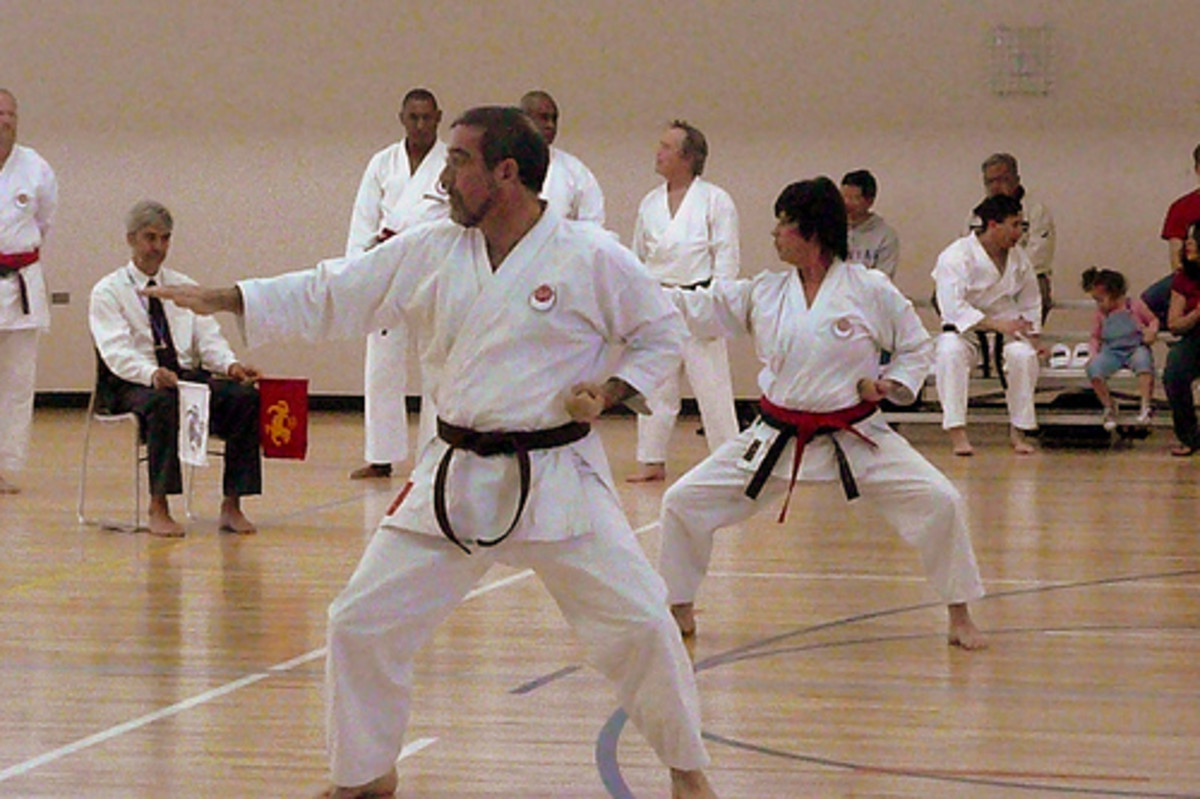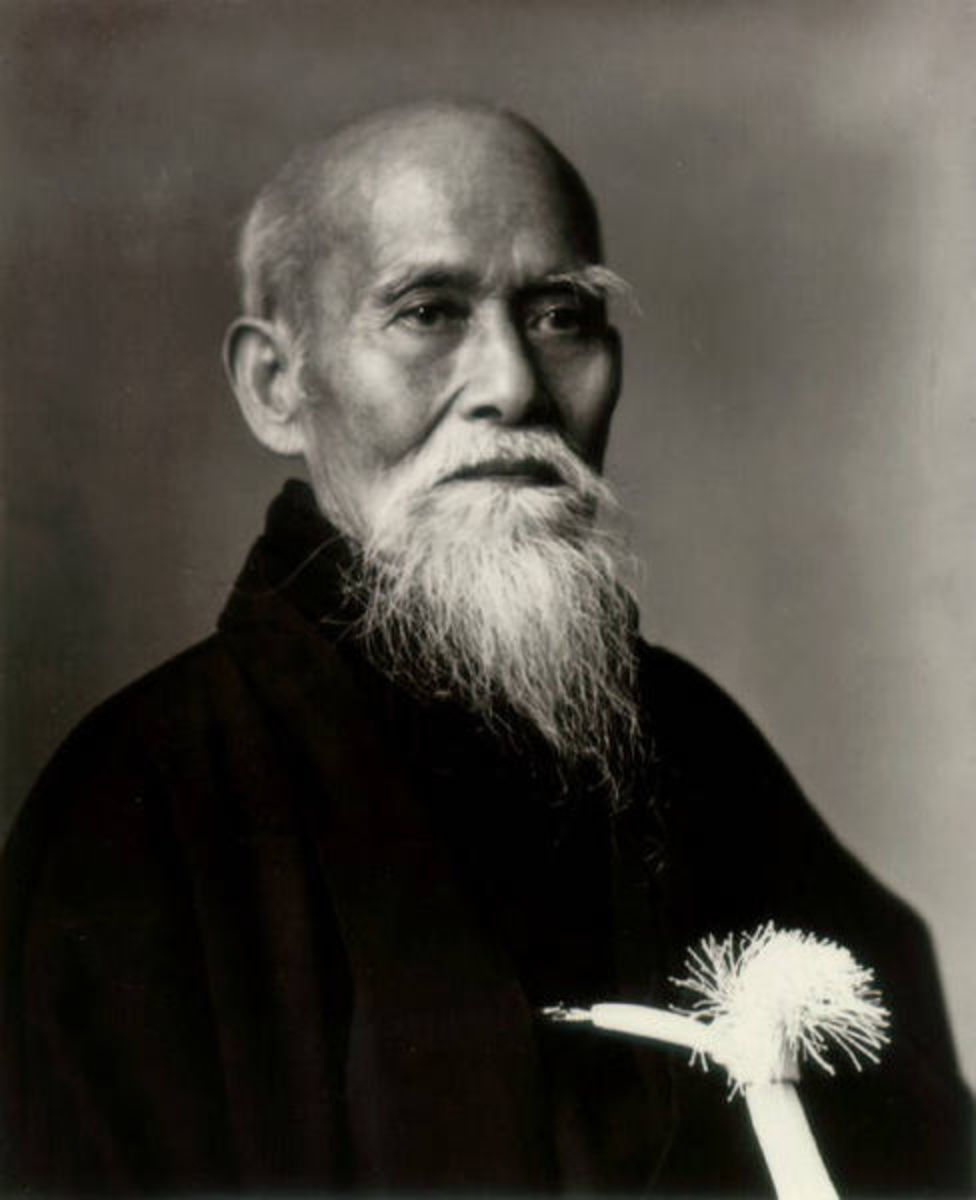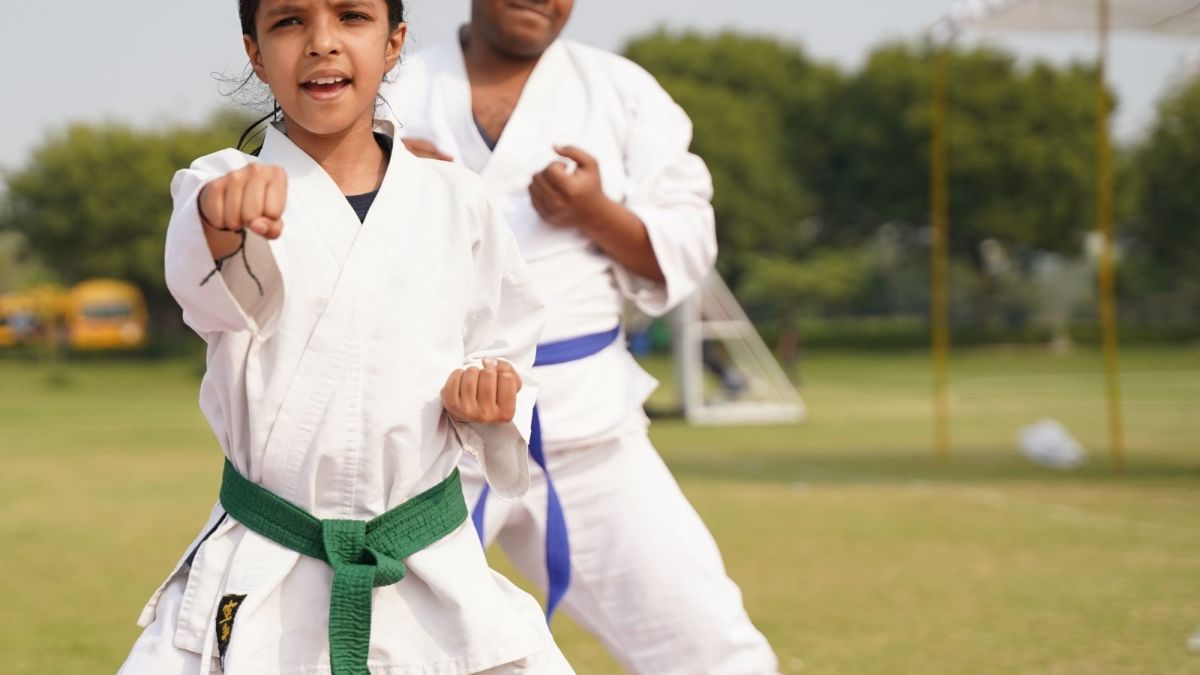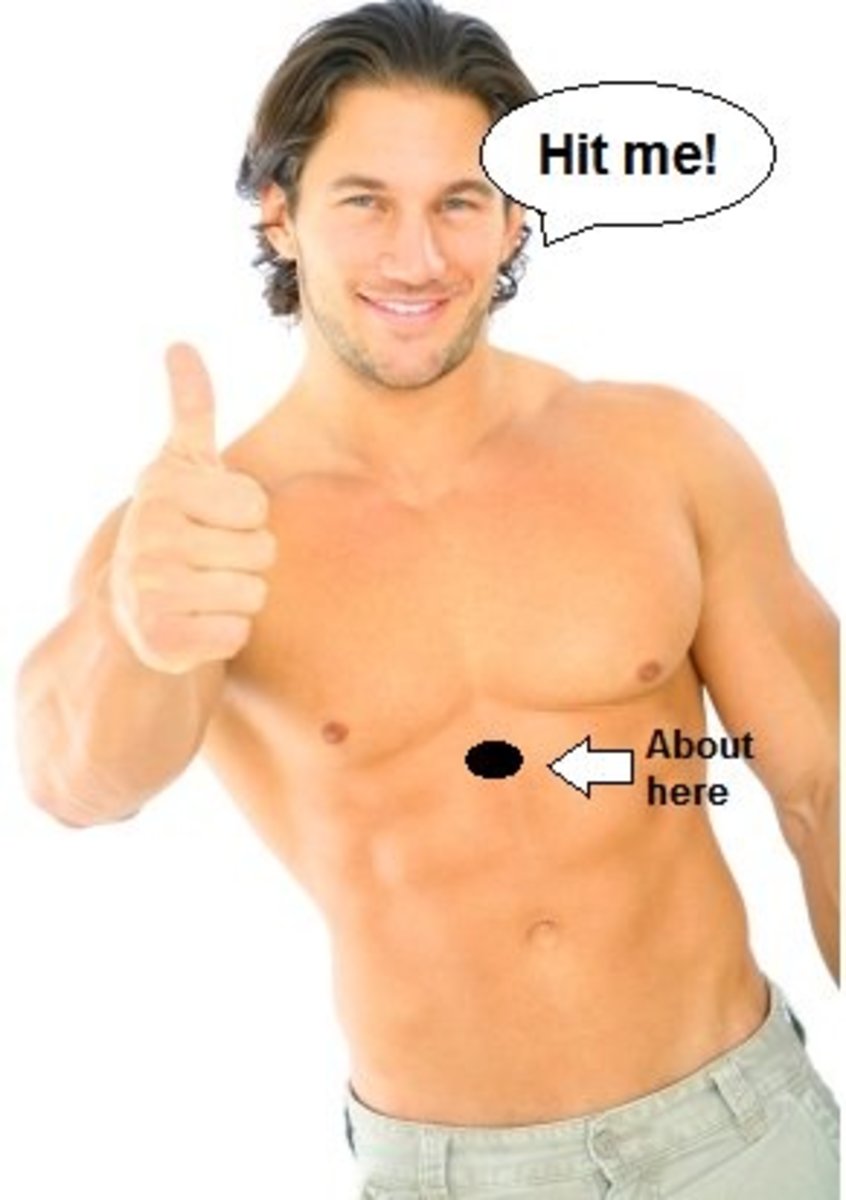Iaido, Japanese Martial Art of Swordsmanship
What is Iaido?
Iaido is the Japanese martial art form of drawing and cutting in the same motion, also known as "cutting from the draw."
It comes to us from the middle of the 16th century, when warriors started wearing the sword through the belt with the edge tilted up.
How is Iaido practiced?
Iaido is practiced in solo with real blades, in set routines called kata.
Some branches of iaido practice kata with a partner, employing wooden swords or blunt training blades. Some styles practice test cutting, while others consider cutting outside of the art. Iaido is mainly a set of self-development techniques, but is also considered a sport, whereby two opponents carry out kata side by side, with a panel of judges announcing a winner.
History of Iaido
The base idea of "attacking from the scabbard" most likely appeared first in the 11th century, however, the iaido practiced today goes back to around the beginning of the 17th century. Most branches of the art date back to Hayashizaki Jinsuke Shigenobu (1546–1621), whose students have developed a plethora of different styles, only a few dozens of which are practiced in modern times, the two most popular being the Muso Shinden-style and the Muso Jikiden Eishin-style.
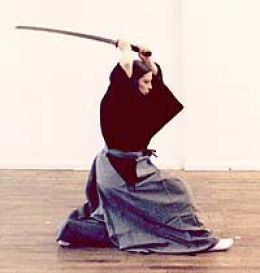
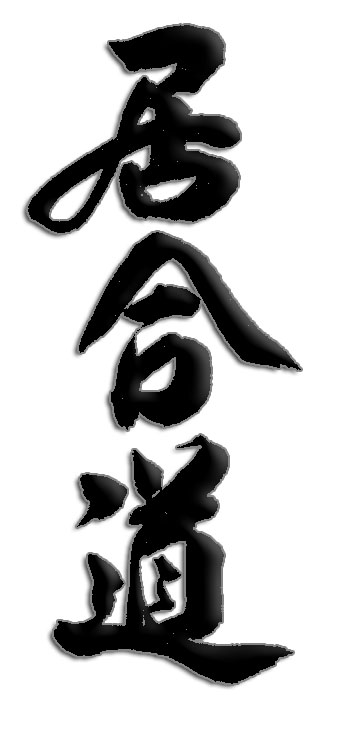
Governing bodies of Iaido
Around the middle of the 20th century two official governing bodies were established to regulate iaido practice and training: the iaido section of the All Japan Kendo Federation as well as its own organization the All Japan Iaido Federation. Both of these governing bodies have created standardized sets of kata to help students practicing different styles to get together in various organized competitions. Since then iaido has become a popular martial discipline the world over.
The name Iaido
Iaido, as a common name for the art of Japanese swordsmanship, was accepted in 1930. The “I” represents the term ite meaning "presence of mind," the “ai” comes from another pronunciation of the term awasu meaning "harmonize." The "do", as discussed in the hub Budo, Bujutsu, and Bugei in Japanese Martial Arts and History, simply means "way" or "path," thus forming the entirety of the meaning of iaido, "the way of harmonizing the presence of mind."
The purpose of Iaido
As a form of Japanese budo, the discipline of iaido has been created primarily with self-development in mind.
The single-minded concentration necessary to carry out the motion of drawing and sheathing a long, sharp blade while keeping an eye on an opponent produces a beneficial change in the practitioner's state of mind.
Other stubborn requirements of iaido are excellent posture and the general ability to launch a power blow from many different positions. However, this martial art is most liked by those who are seeking something deeper than a bunch of plain fighting techniques.
Actually, iaido was held to possess a deeper esoteric virtue, one that would be fully comprehended only by someone Japanese. This way of contemplating the art had to necessarily undergo an obvious change over the course of the 20th century in order for iaido to become popular outside of Japan.
The entertainment value of Iaido
Iaido is most appreciated by its practitioners, and not its audience, because it is quite modest and restrained in its performances. One cannot launch a devastating full-frontal attack on his opponent with a dreadful katana in hand, - that would be dangerous.
The art is practiced alone. The swordsman is taught different moves for dealing with enemies, whether attacking alone or in groups, from different angles.
Preparing for Iaido Practice
How to draw, hold and return the sword
Iaido practice
The iaido kata consist of four consecutive moves:
- the draw and first cut or nuki tsuke,
- the finishing cut or kiri tsuke,
- cleaning the blade or chiburi, and
- sheathing the blade again, or noto.
One simple kata is as follows:
- kneeling position
- sword drawn from the left side
- horizontal cut made from left to right stepping forward
- sword raised overhead
- two-handed downward cut made
- blade circled to the right
- imaginary blood flicked off standing up
- feet switched checking the opponent
- blade sheathed kneeling
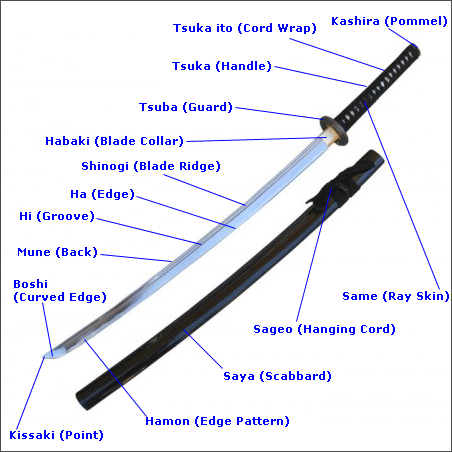
Weapons of Iaido practice
There are four basic kinds of weapons (blades) used in Iaido practice. Sharp swords are usually used when practicing alone. When in pairs, wooden blades or safe blunt weapons are used to avoid injuries.
Weapons of iaido practice include:
- a long sword (2 ft),
- a short sword (1-2 ft),
- a knife (less than 1 ft),
- safe wooden blades for practice in pairs.
Kinds of Iaido swords and their parts
Iaido competitions and championships
Iaido grading systems
Iaido has grading systems administered by two afore-mentioned organizations. The All Japan Iaido Federation has a set of five techniques in its curriculum, while the All Japan Kendo Federation has ten.
During the test the swordsman needs to carry out techniques from these predifined sets. For senior grades, old-school koryu techniques are also a requirement. After the test is completed a panel of judges passes or fails the contestants ranking them according to the kyu-dan system that has several grades for students (kyu), and just as many for seniors (dan).
Iaido competition
Some styles opt out
Afraid that the movements of kendo would inevitably influence the movements of iaido, some older peripheral branches of iaido have never joined any of the major organizations, claiming that it would lead to a dilution of the pure movements of the individual style rendering all styles lookalikes of each other.
Format of Iaido competitions
A common format of Iaido competitions involves two opponent or competitors carrying out a number of kata side by side, with a panel of judges picking the winner, and permitting him to advance to the next round. The judges have several criteria to abide by when deciding on the winner, these being more or less equivalent to those in gymnastics.
International Iaido competitions
With all the competitions held annually by the major two governing bodies of iaido, the International Kendo Federation is even considering a world championship to be held sometime in the near future.
The European Kendo Federation and its national organizations already hold European and national championships, with only North and South America legging behind, possessing no organized schedule for competitions.
Debates about the spirit of competition with regard to Iaido
As with many martial disciplines, there is a constant debate whether competitive activities are a good thing in an practice that is supposed to improve the self.
One side argues that all sports and competition in general, benefit the participants, the other suggests the advantages of martial arts are very different in nature and as such are not compatible with the spirit of competition.


